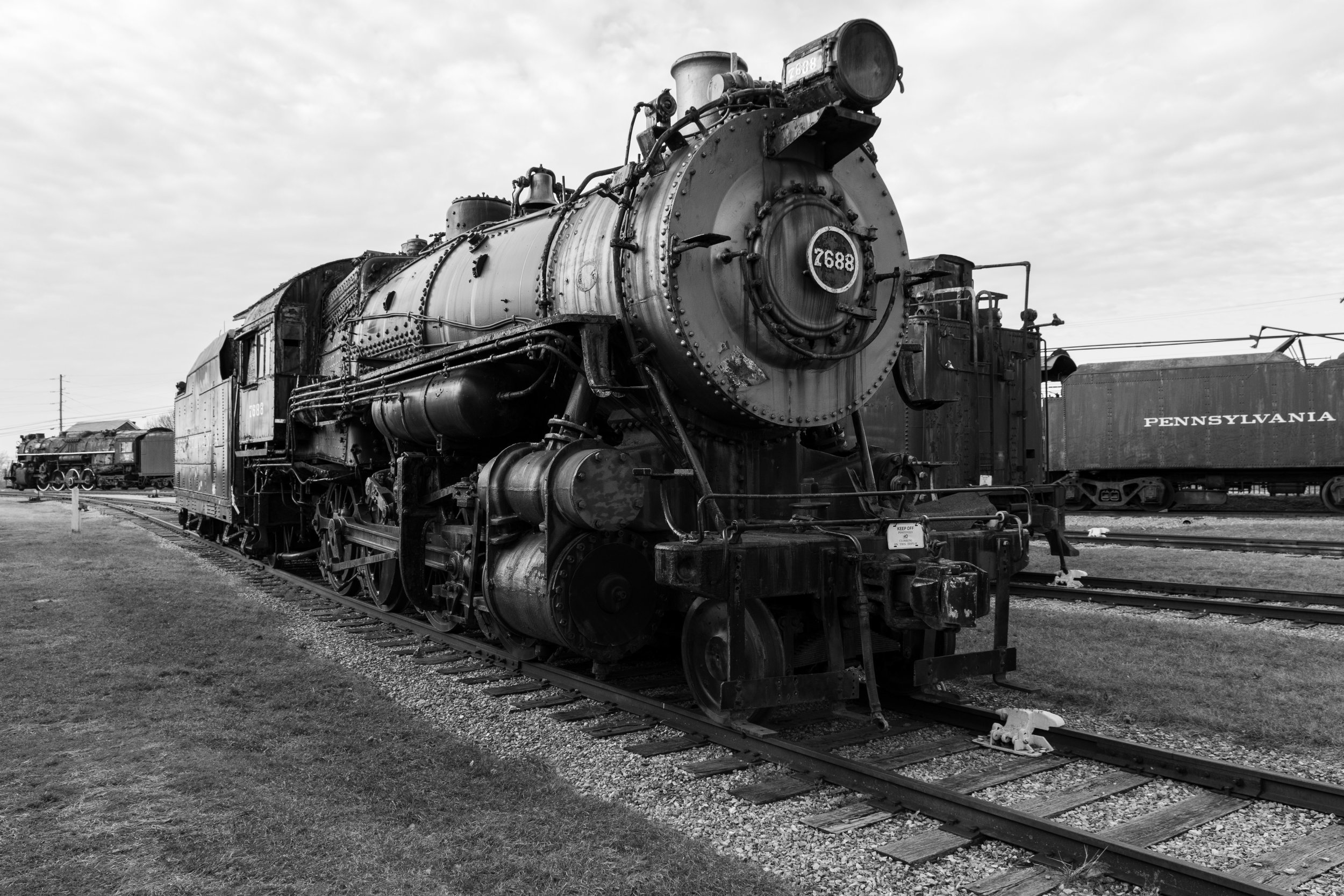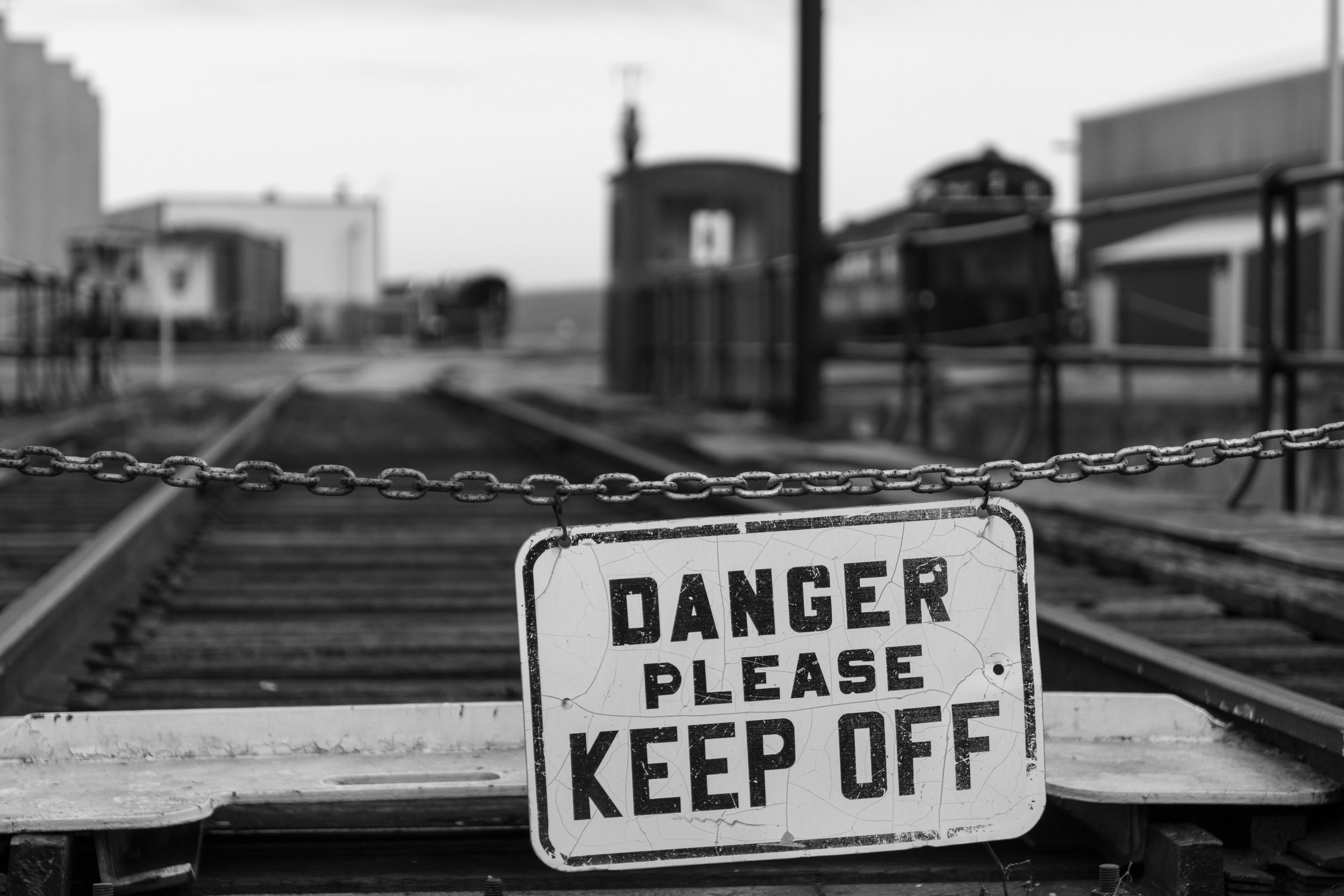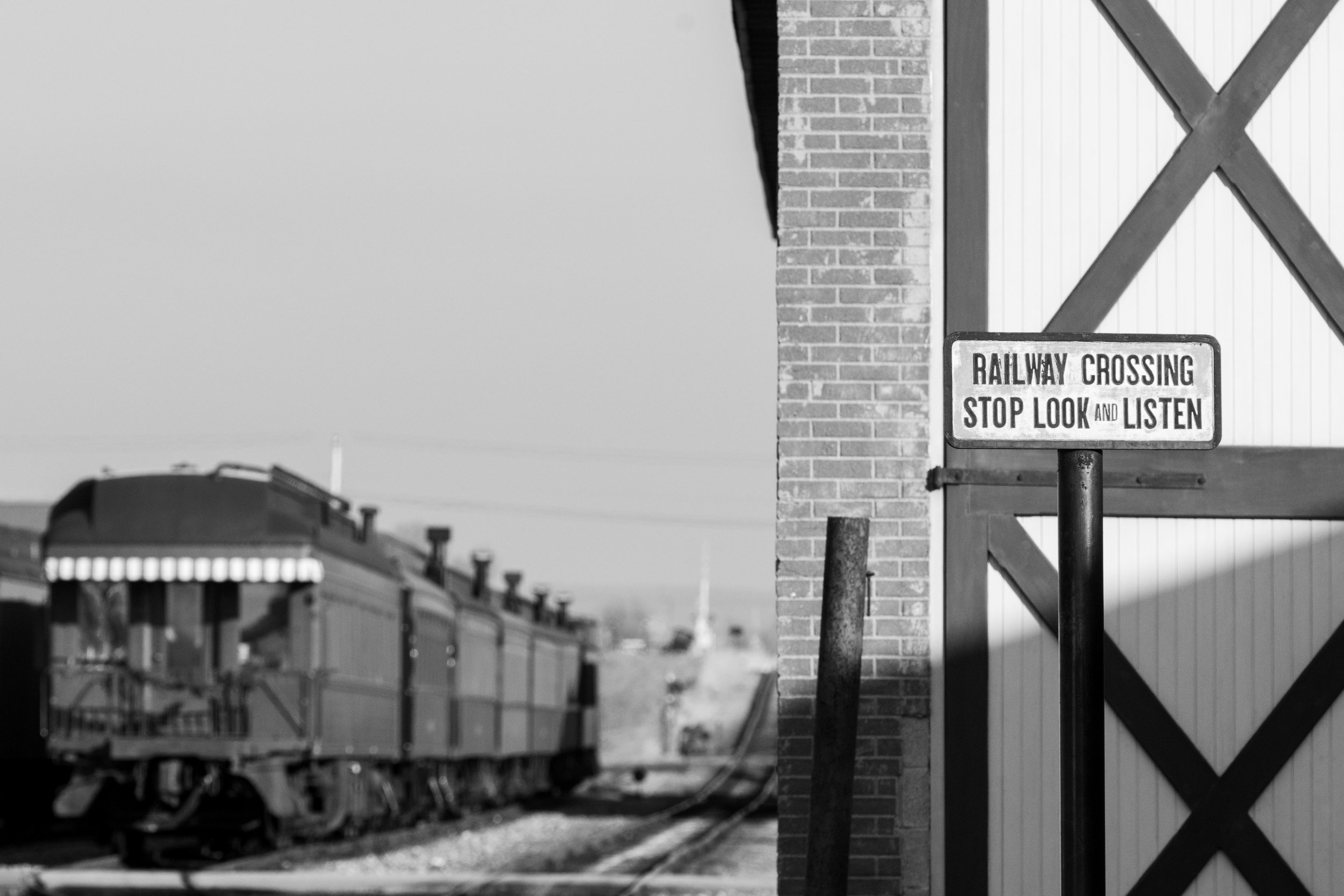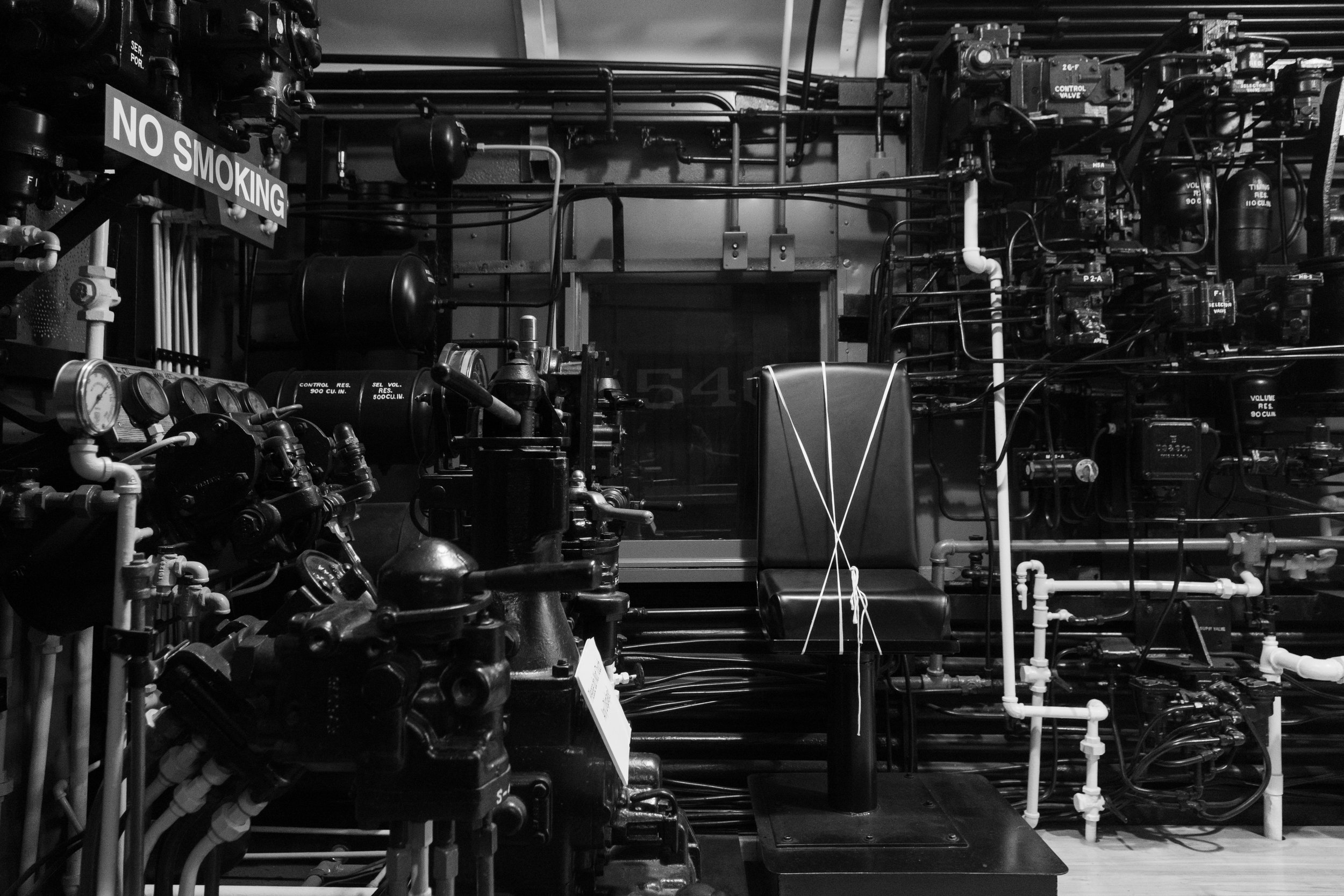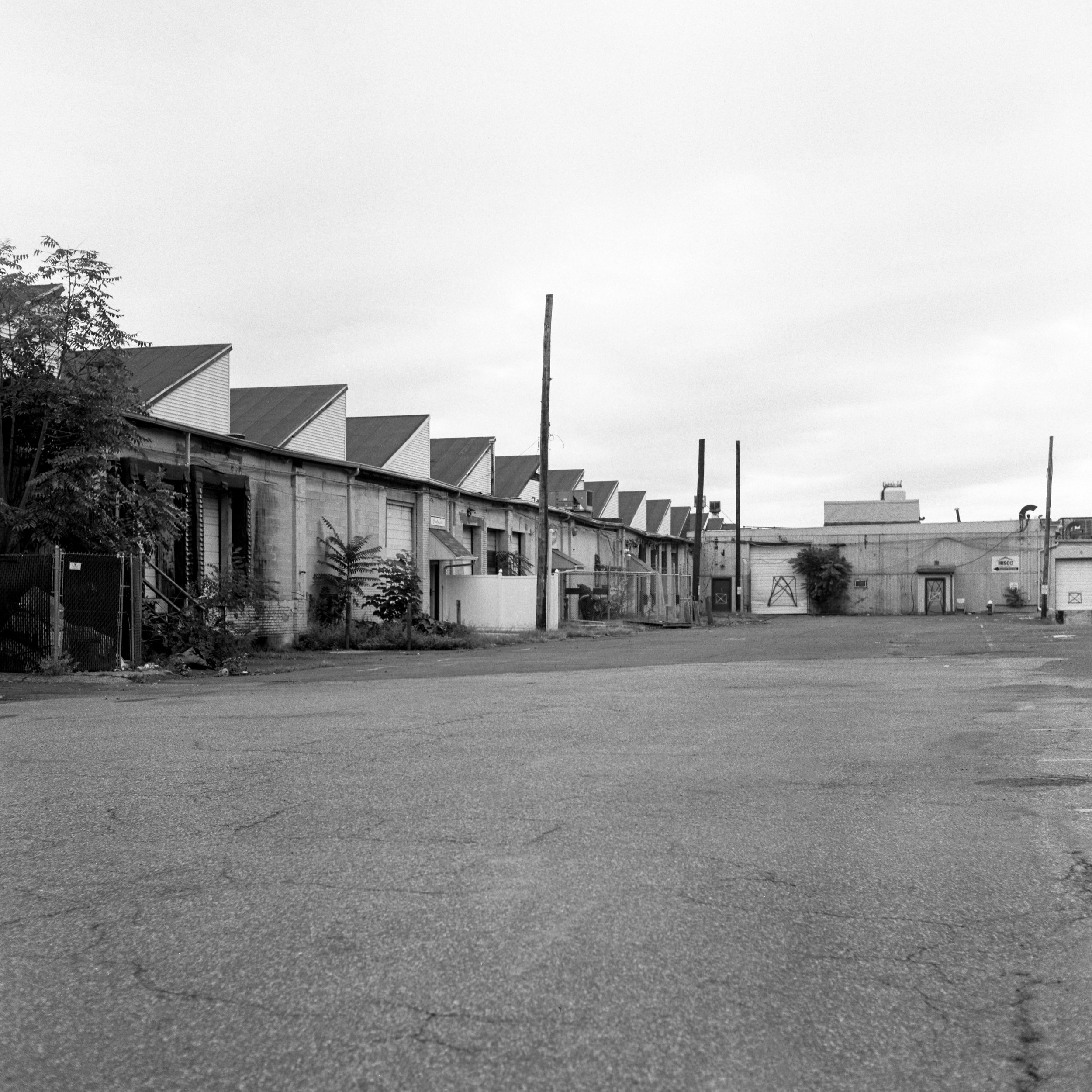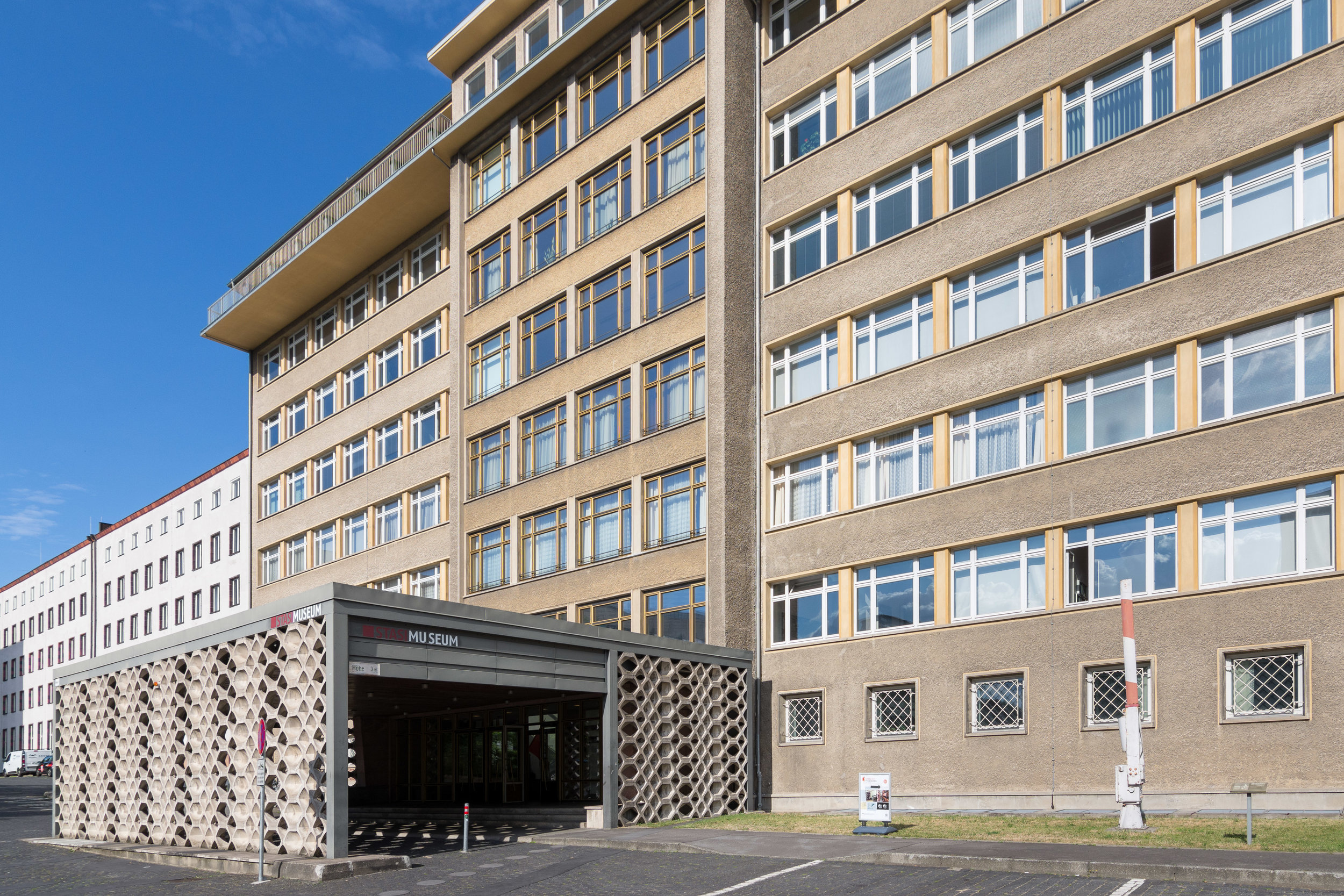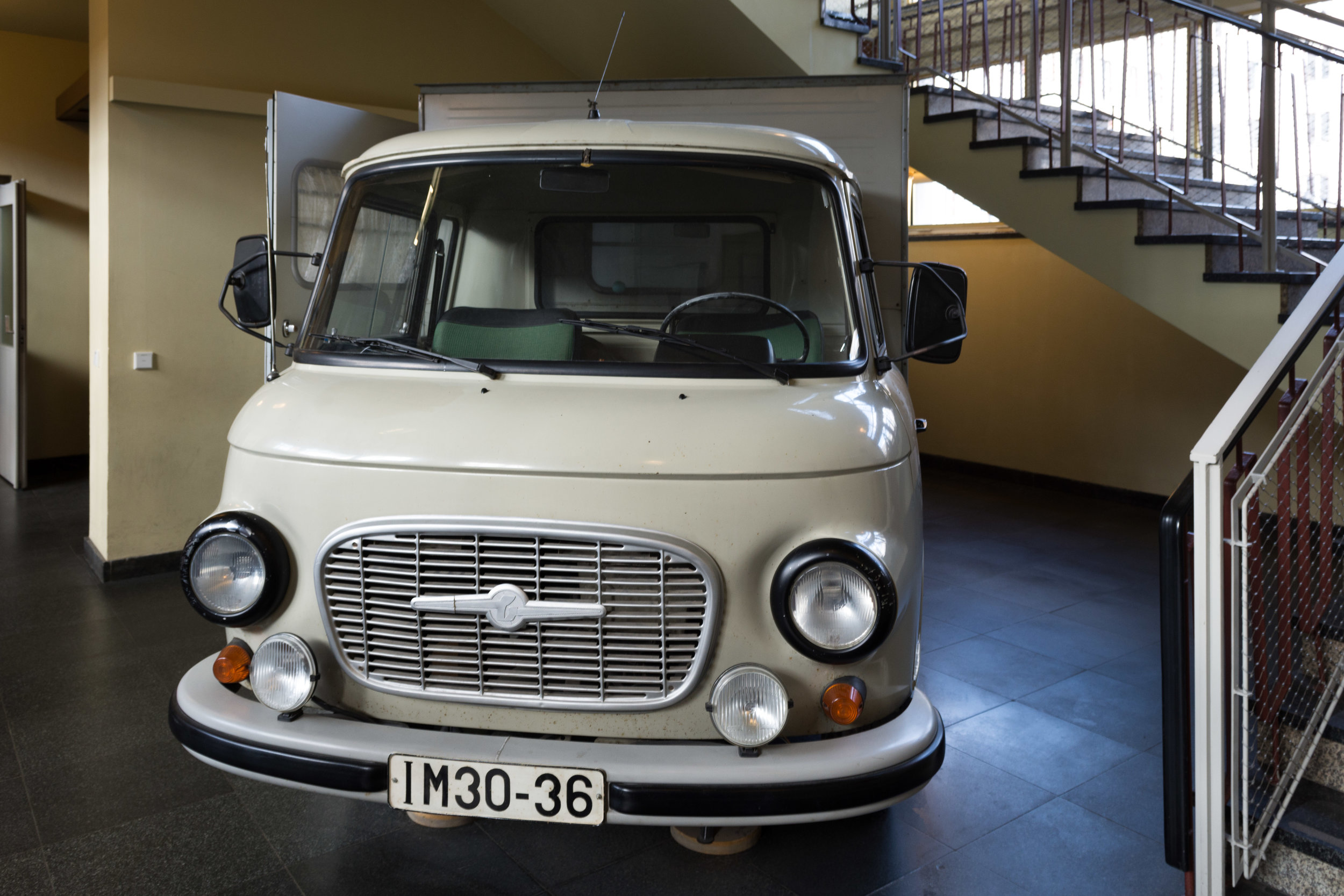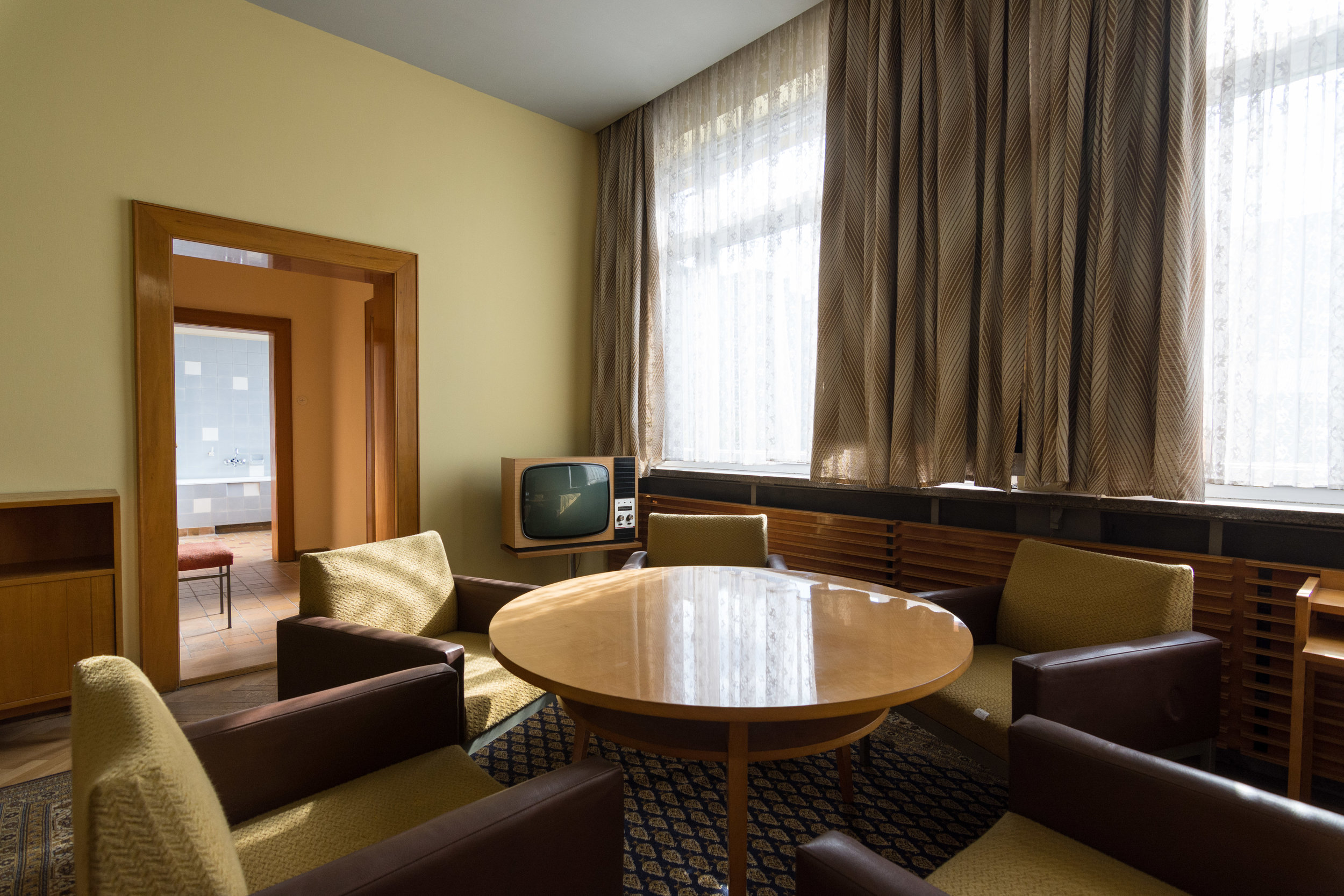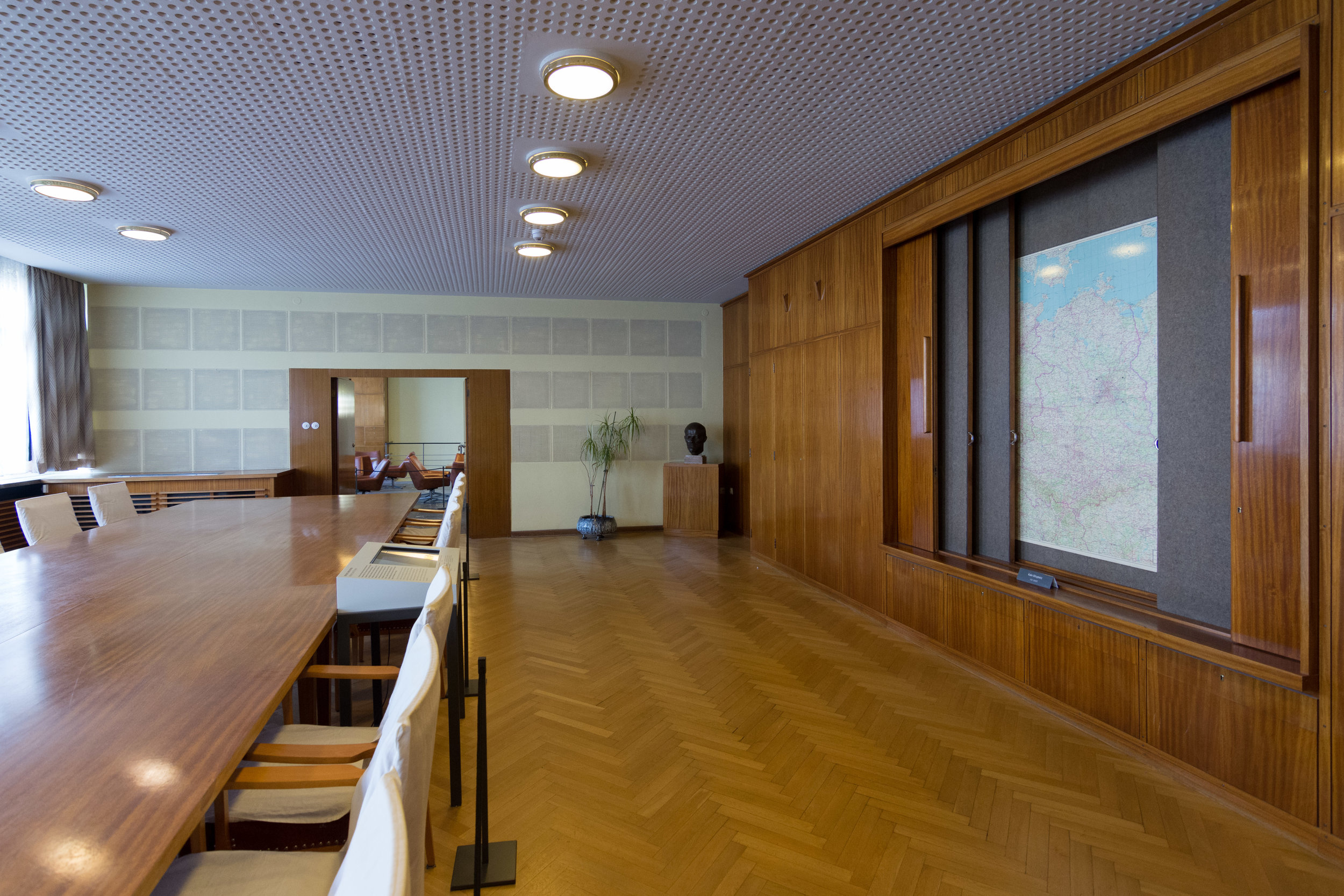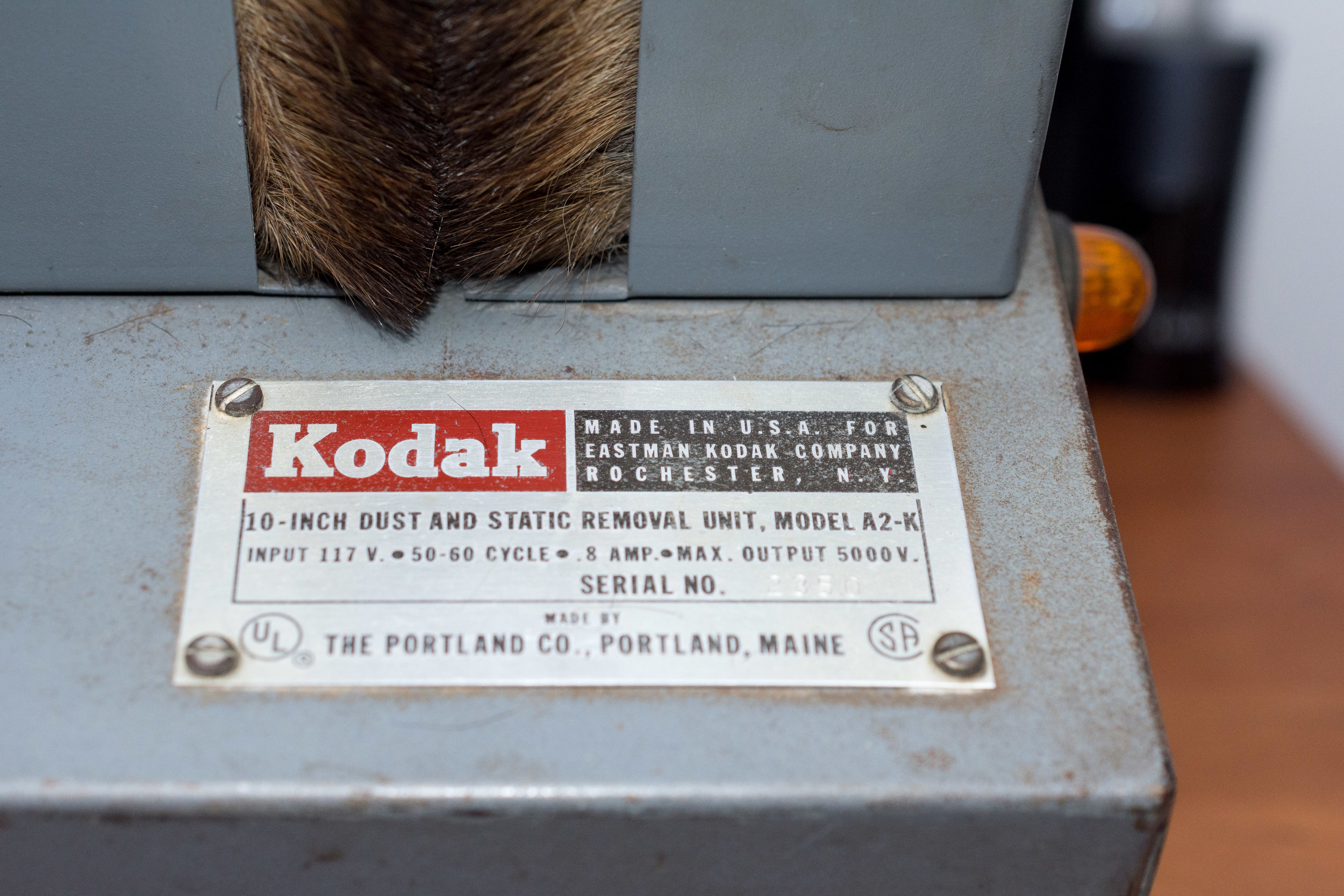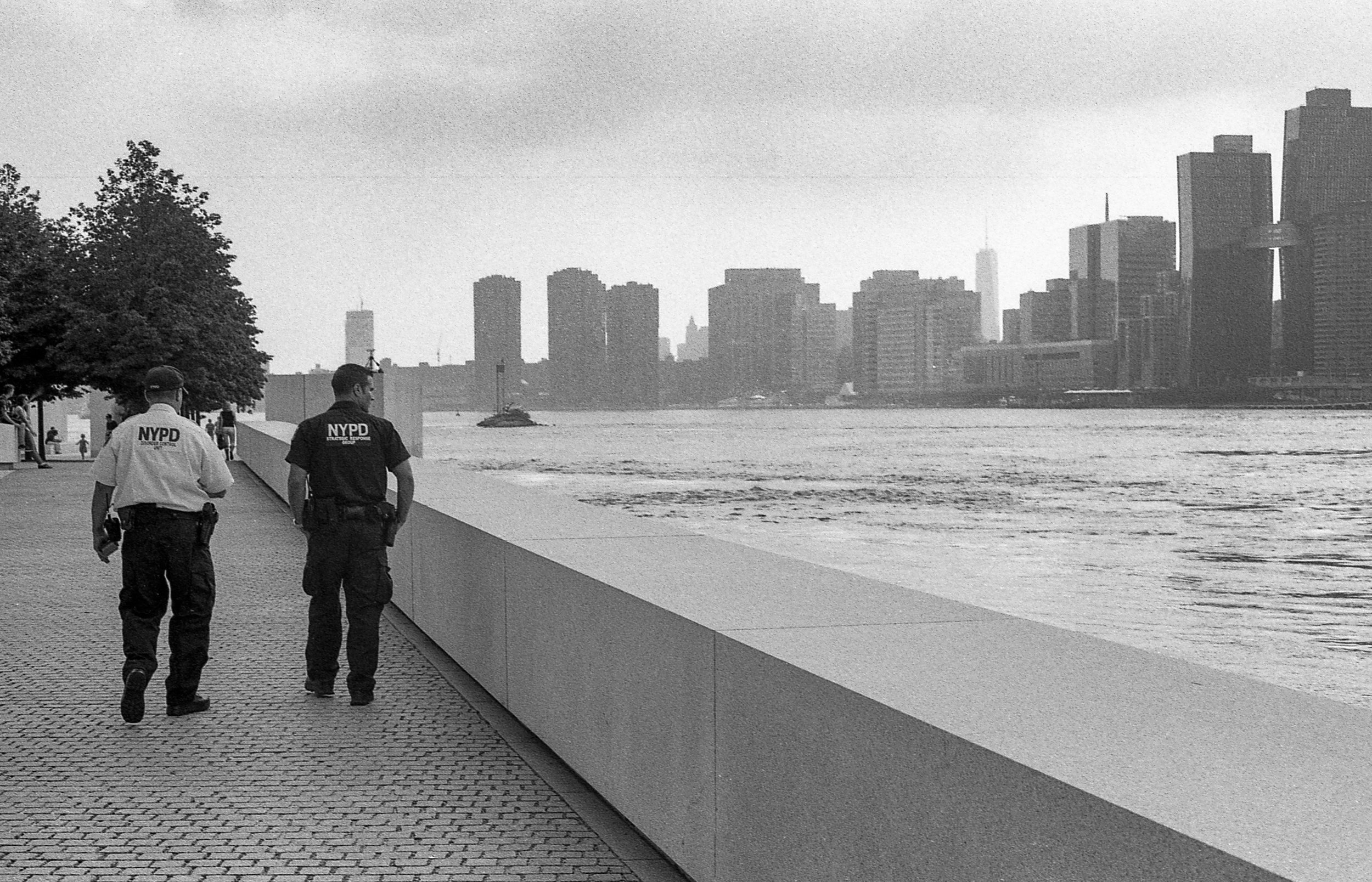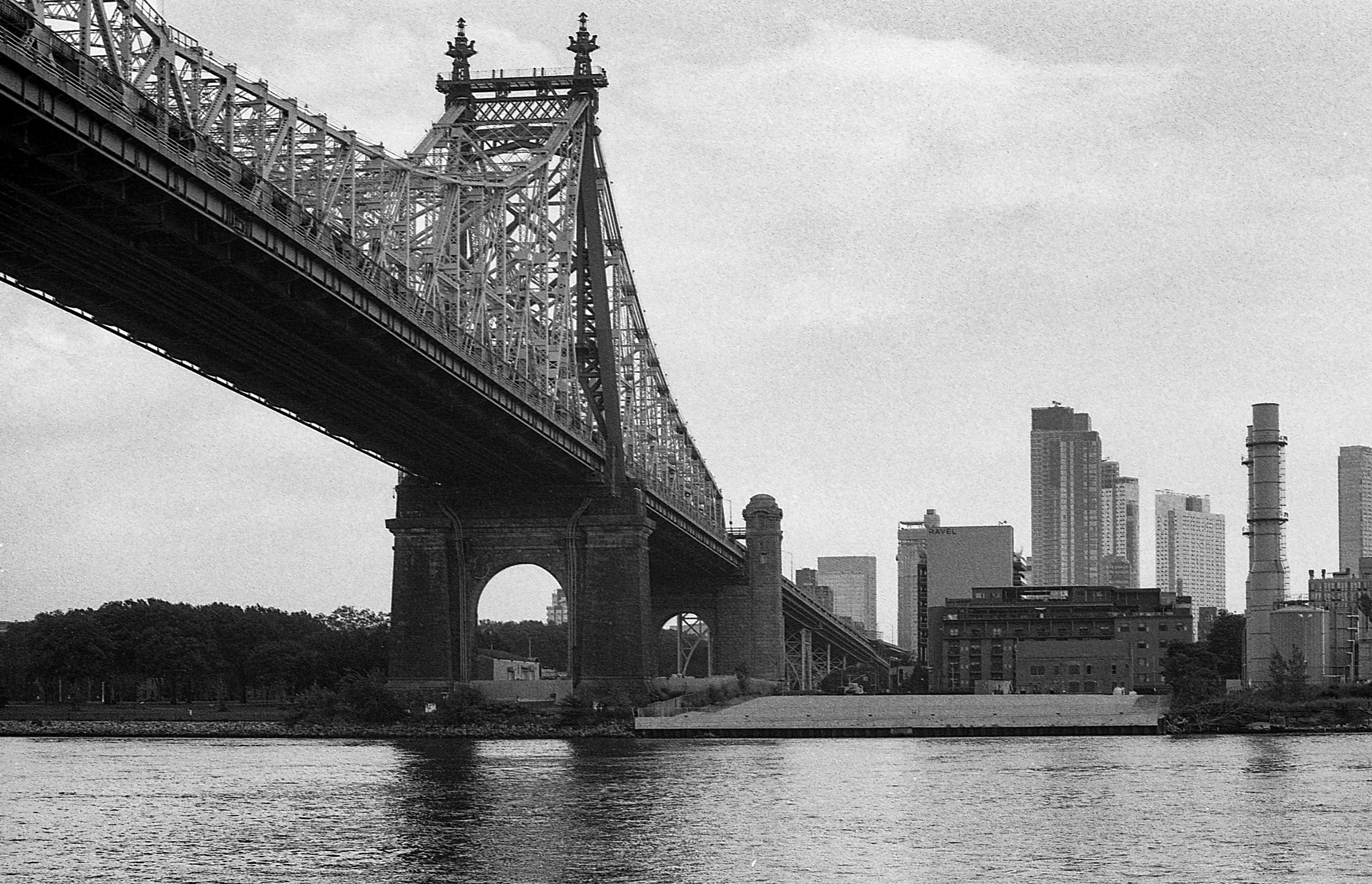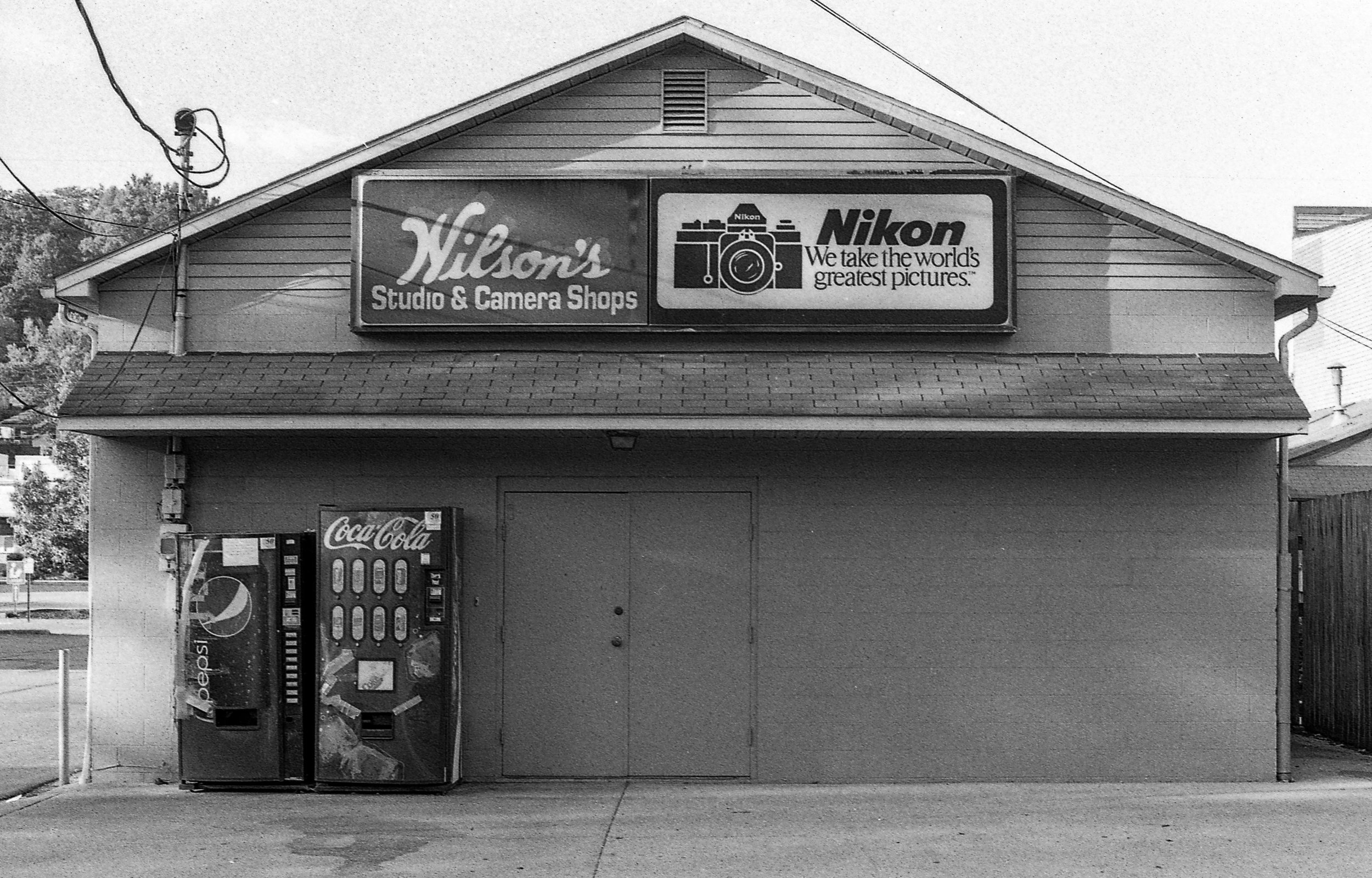The Railroad Museum of Pennsylvania is a great place to visit but it sure is in an odd spot. The massive exhibition hall seems to appear out of the blue as you drive down sleepy back roads, cutting through miles of Pennsylvania Dutch farmland. To give you an idea of how rural this place is, the local Subway has hitching posts and I passed 10 horse & buggies on the drive in. The first question in my mind was how a railroad museum of this scale ended up in Strasburg PA, so I did a little research.
The history of the museum dates back to the Pennsylvania Railroad’s exhibition at the 1939-40 New York World’s Fair. After the fair was over, the railroad decided to put the locomotives and equipment they displayed into a collection for preservation. The collection grew and after the railroad folded, most of the stored equipment the PRR had accumulated was turned over to the current museum in 1975. One very obvious reminder of the collection’s history is the statue of Alexander Cassatt, 7th president of the PRR, which stands just inside the entrance to the museum. The statue once stood in New York Penn Station. Andrew Cassatt had led the construction of New York Penn Station during his time as president, though he didn’t live long enough to see the station completed. Once the station was torn down to build Madison Square Garden (still mad about that…) the statue was moved to its current spot in the museum.
The museum has a large collection covering steam and diesel locomotives, passenger cars, specialty railroad equipment, and much more. The exhibition hall contains everything that’s been restored by the shop next door while the yard outback holds the unrestored equipment. I’d suggest covering the yard before the sun sets then returning inside for the restored equipment. Some of my personal favorites inside the museum are a restored PRR Class GG1 engine, a traveling classroom for brakemen built into a coach car, and a Pullman dining car set up for a dinner service. The outside yard holds multiple steam engines, some old Amtrak equipment, and a turntable donated by Reading Lines. The museum is actively raising funds to restore the turntable and construct a roundhouse for the engines sitting outside. I’ll be looking forward to a return visit to the museum in Winter 2019 for the annual Trains & Troops event.

